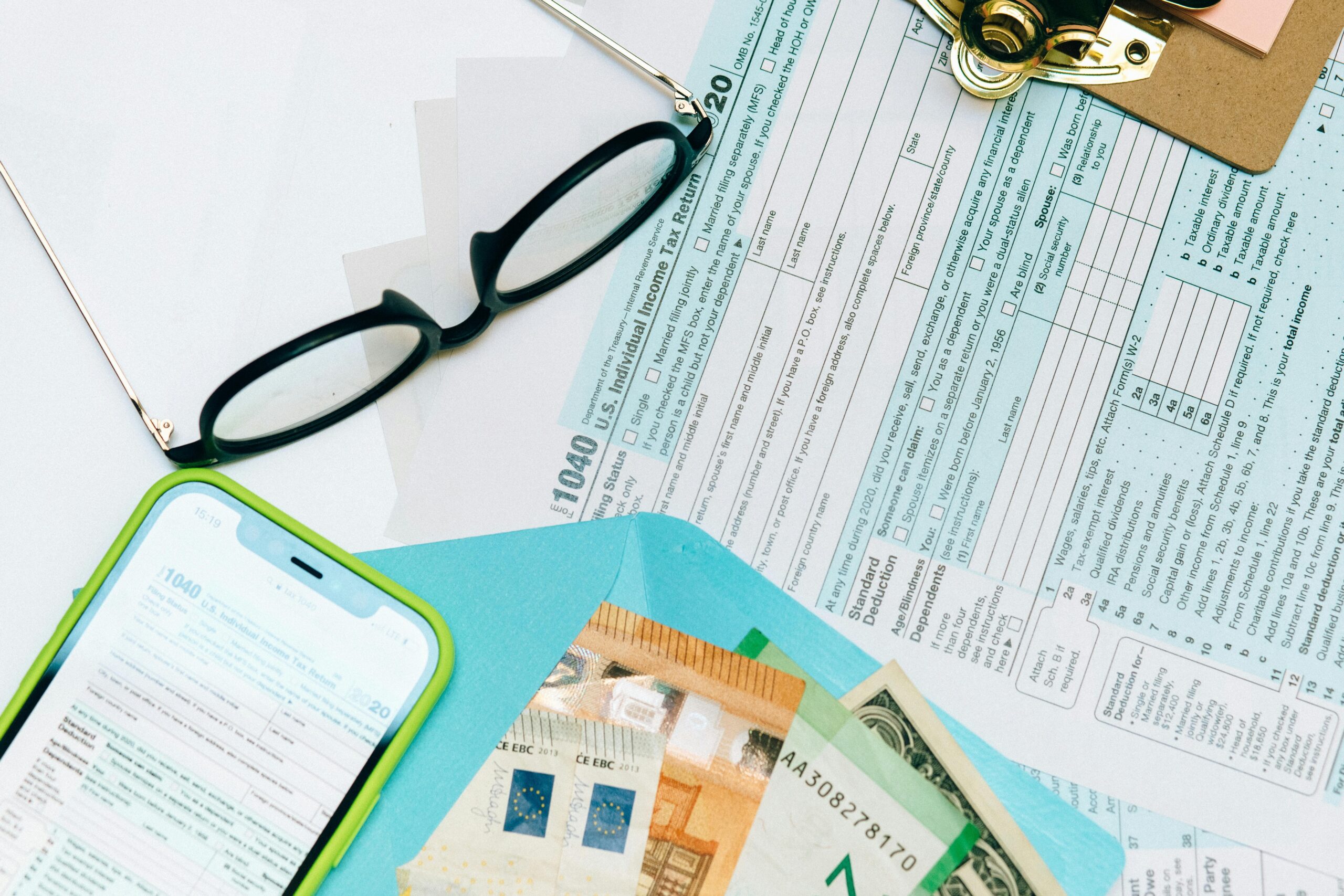See if you qualify for the IRS Fresh Start Forgiveness Program
One of the biggest uncertainties faced by IRS debtors is if it is possible to pay these debts in full without costly penalties or interests. Fortunately, this is possible – all thanks to the IRS Fresh Start Program that allows you to pay off your debts conveniently.
Let’s look more into this program and see if it could help your tax debt situation.



Introducing the IRS Fresh Start Forgiveness Program
This is a specially-designed program that makes it possible for taxpayers to offset substantial tax debts conveniently. To ensure convenience, the payment is spread over six years – the entire tax debts would be paid off in full at the end of the six years. The debts are payable via monthly payments, which are pre-determined by the present income and the value of the taxpayer’s liquid assets. In addition to helping people pay off tax debts easily, the IRS Fresh Start Program ensures that such debts or the debtors are not subjected to interests, penalties, tax liens, seizure of assets, or wage garnishments.
How does IRS Fresh Start program work?
You can initiate the Fresh Start repayment process once your IRS tax debt is up to $50,000, by choosing one of the three available repayment plans. Although the program was initiated in 2008, it was expanded in 2012 to help individual taxpayers or corporate tax-paying bodies with up to $50,000 tax debts.
The IRS Fresh Start Program also considers the difficulty that comes with tax debts repayment, for instance, unemployment. The IRS penalties can be waived for taxpayers who have been unemployed for over 30 days. Such individuals are also eligible to request a six-month extension to file and pay the owed taxes with zero IRS penalties.
What are the repayment options available under the IRS Fresh Start Program?
As mentioned earlier, there are three repayment options under the IRS Fresh Start Program. These repayment plans are designed to allow the convenient pay off of tax debts, according to the laws. They also protect debtors from being subjected to other penalties and interests associated with the payment of these tax debts.
- Extended Installment Agreement
The number one repayment option is the Extended Installment Agreement, targeted at people that owe up to $50,000 to the IRS. Defaulting taxpayers can spread their payment over six years with this option and IRS collection activities like the seizure of assets, tax liens, and wage garnishments will be put on hold. The amount payable for each month will determine the income of the beneficiary, as well as their liquid assets value.
- Offer in Compromise (OIC)
The OIC is not as popular as the Extended Instalment Agreement. However, it is a viable repayment plan for taxpayers looking to pay off their IRS debts. What basically happens in an offer in compromise is that the taxpayer settles the tax debt for less than the original debt. The settlement, in some cases, can be considerably lower than the initial value of the tax debt.
The chances of getting an OIC approved is higher if the taxpayer makes a reasonable offer to the IRS. Such a proposal must be a clear restriction of the current financial situation of the taxpayer. Hence, it is advisable to work with a tax professional, who will prepare and submit an acceptable offer to the IRS on behalf of the taxpayer. A great offer, coupled with a well-prepared financial report, will increase the chances of the IRS accepting the offer promptly.
- Tax Lien Withdrawal
This repayment option allows defaulters to pay off their tax debt completely via a direct debit repayment option. After setting up the direct debit repayment plan, the taxpayer can proceed to put a formal request (in writing) to withdraw the tax lien from their accounts. If the withdrawal is successful, such debts will not be reported to the three credit reporting agencies.
It is advisable to work with a competent tax professional to determine which repayment option under the IRS Fresh Start Scheme is best for you. You may also commission your tax professional to file the required IRS forms and handle the application and setup of the best repayment option for you.
How do you apply for the IRS Fresh Start Program?
The IRS has created easy-to-follow guidelines to apply for the IRS Fresh Start Program successfully. However, you must ensure that all your back and current tax returns are correctly filed; otherwise, you will be ineligible for the program. Likewise, prospective applicants must resolve to submit all of their future returns promptly, after their admission into the Fresh Start Program.
After filing your tax returns, you can proceed to the IRS website (IRS.gov) to officially enroll in the program. There is a dedicated Online Payment Agreement tool with which you can choose your most preferred repayment option. Prospective applicants can also apply by filling out and submitting the IRS Form 9465, obtainable on the same website.
You can save yourself the stress and complexity of the enrollment process by hiring Anthem Tax Services to assist you. Not only will we help file any back taxes you may have, but we will also determine the best repayment plan for you according to your situation and guide you to a successful application for the same. Our tax professionals know how to prepare and submit all the required information, including your income and asset value reports.
Your finances will ultimately get better if you can pay off your hefty tax debts. The IRS Fresh Start Program is a great avenue to settle your tax debts conveniently and at your speed. If you need help with the IRS Fresh Start Program, contact Anthem Tax Services for professional help in every aspect of the process – right from the application to the preparation and submission of your financial reports.

